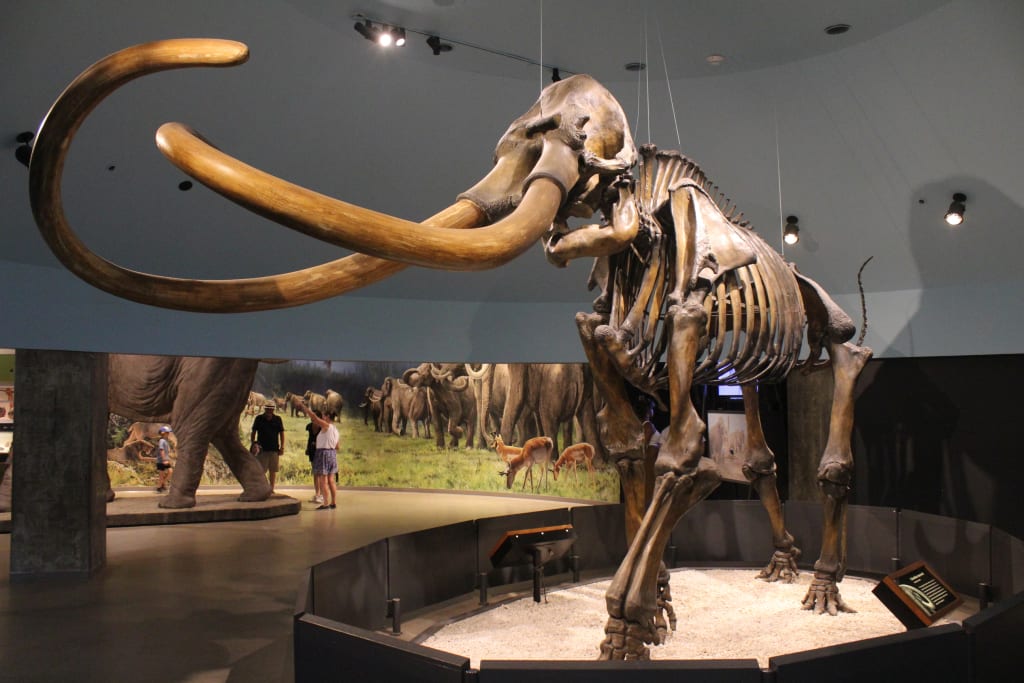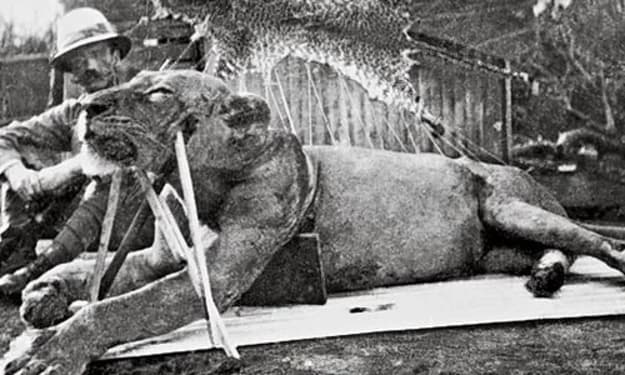
MAMMOTHS VS MASTDONS
De-extinction is a hot topic in the media right now. With the increasing interest in science and technology, it's possible that someday plants and animals will return from the brink of extinction. The woolly mammoth is one of the contenders ranked highly on that list. They are the closest surviving ancestors of Asian elephants that we have today, and they became extinct only roughly 10,000 years ago. with a few isolated groups continuing to exist until roughly 4,700 years ago. That may seem like a long time, but glass was being created and the great pyramids of Giza were being constructed at that time in not-too-distant history. Hence, in the grand scope of things, it's actually nothing. Since the genetic material of woolly mammoths has been preserved so well in the permafrost, where recent specimens have been found, scientists have been able to sequence their genomes. Currently, various groups are attempting to determine how to introduce mammoth genes into living elephant cells in an effort to perhaps bring the species back. Although they may appear to be identical from the exterior, mastodons, and mammoths have been distinct for a very long time. around 25 million years. Mammoths arrived on Earth approximately 20 million years after the mastodons, who were on the scene earlier. Therefore, it would be impossible to successfully splice mastodon DNA into the Asian elephant genome. That's like transplanting human cells into a gibbon.
The two are too genetically dissimilar for it to work. Apart from their genetic distinctions, mammoths and mastodons differ morphologically as well. Their teeth are where this is most readily apparent. Mastodons have enormous, mountain-like cusps on top of their molars, but mammoths had vast, flat, grinding surfaces. Their scientific name, which comes from the Greek words "masto" for "breast" and "odon" for "tooth," was even influenced by these cusps. as in "breast tooth" literally. We can also infer information about their nutrition from the form of their teeth. Like cows and elephants today, mammoths were grazers, which is why their teeth have flat grinding surfaces to help break down grass. Mastodons were browsers, like goats. They could break through sticks and plants with the help of the bulbous cusps on their teeth. Thus, keep in mind, mammoths, and cows. Goats with breast-toothed mastodons. Except in a few cases, mastodons were shorter, stockier, and had smaller ears than mammoths, in addition to having different dentitions. Mammut and Mammuthus are the genera in which mastodons and mammoths belong. There were 10 distinct mammoth species and four distinct kinds of mastodon. The woolly mammoth is arguably the species you are most familiar with, but there was also a dwarf mammoth, a pygmy species that was roughly 1.13 meters tall. The diminutive size of this species, which was discovered in the Channel Islands off the coast of California, was probably caused by island dwarfism. Because smaller animals need fewer food sources and may reproduce more quickly than larger ones in the absence of predators, this can occur when a large species becomes alone on an island. How else could they have arrived at the island? They were swimming! Because of their buoyant mass and innate snorkels, elephants are excellent long-distance swimmers nowadays. A group of Columbian mammoths left the coast, swimming out into the ocean toward the scent of wonderful grasses from mainland California. Step forward thirty thousand years, and congrats! Almost puppy-sized mammoths. A few concerns remain, even though the cause of the extinction of both mammoths and mastodons in the last 10,000 years—whether it was due to overhunting by humans or changes in the climate—remains unanswered. Should we revive the mammoth genome if it is possible? And where would they be placed?
About the Creator
Enjoyed the story? Support the Creator.
Subscribe for free to receive all their stories in your feed. You could also pledge your support or give them a one-off tip, letting them know you appreciate their work.
Reader insights
Nice work
Very well written. Keep up the good work!
Top insight
Excellent storytelling
Original narrative & well developed characters






Comments (3)
This article is fantastic—I appreciate its well-crafted and informative nature.
VERY INFORMATIVE
GOOD